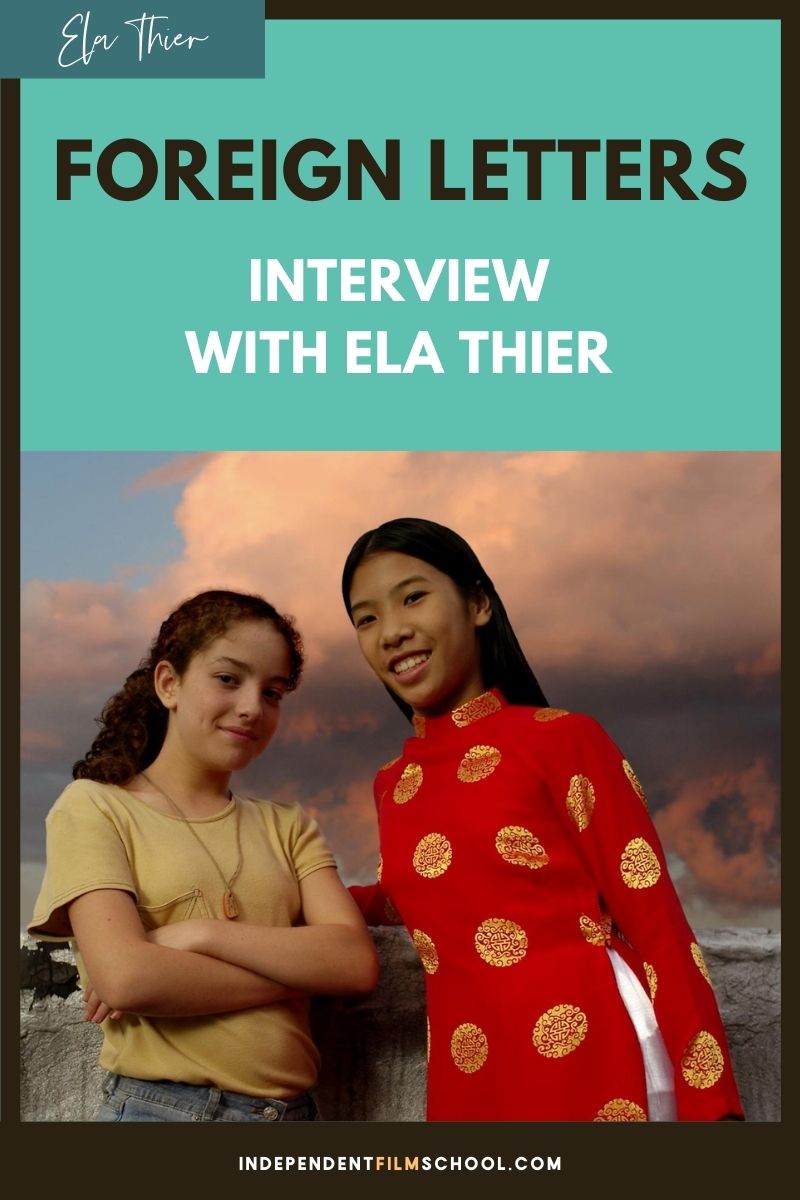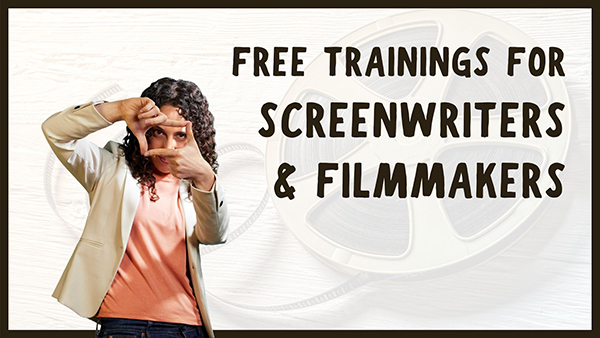Amy Tompkins, a filmmaker and member of the IFS Mentorship Program, sent me a ton of fun questions about the process of making the film Foreign Letters. With her permission, I’m posting her questions below, along with my replies!
I’ll avoid plot spoilers, but if you’d like to watch the film first, you can find it at ForeignLettersTheMovie.com.
Here goes:
How did you come up with the first shot? It’s interesting and brilliant.
Actually, the very last thing that we shot, when all else was done, were the pans over these children’s drawings, which I knew I would use for the opening title credits.
Those drawings were mine; my mom was wise enough to save many of my childhood drawings (thank you mom!).
The film was about my immigration experience from Israel to the US when I was 11 years old. My family moved here when my dad was recruited to fight in Lebanon, and it became clear to my parents that this was a military invasion and not a defensive war.
The biggest challenge to tackle was how to bring Israel into a film that was shot entirely in the US. Bringing my childhood drawings into it was a great way to do it, because as a child, I drew what I felt and saw: a watermelon stand, rolling hills, a beach.
The other thing I did to bring Israel into an American-made film was the music, which I spent two years working to get permission to use (ugh!)
To capture the sudden culture shock, I created a crash cut from the Israeli music and childhood drawings of Israel to the loud “MTV World” of the United States of 1982. Boom! The music is suddenly electronic and we’re seeing all the wires in the back of a Tube TV.
The jarring juxtaposition of these images and sounds captured the feel of suddenly landing here. It was my version of: “We’re not in Kansas anymore…”
How long did it take you to write IT?
I’m a fast writer. Takes me anywhere between a weekend to two weeks to write a first draft of a feature, and 3-6 months to rewrite it. The real work is in the rewrites.
This one was tricky because I’m generally inclined to use, enjoy, and rely on structural storytelling conventions. This script, however, seemed resistant to it. Every time I would introduce a storytelling technique, the writing would instantly become less believable.
At some point I decided to forget everything I know about storytelling, and just listen in and give myself permission to simply share this story. That’s when the script showed up.
The first draft was titled Two Girls from Different Distances. I rather like that title 🙂
As I let myself go about writing the script this way, I knew that the film would be classified as “art house.” Not what I wanted to do! But I’m glad I did. I always say: if there’s a disagreement between the writer and the script, I always side with the script.
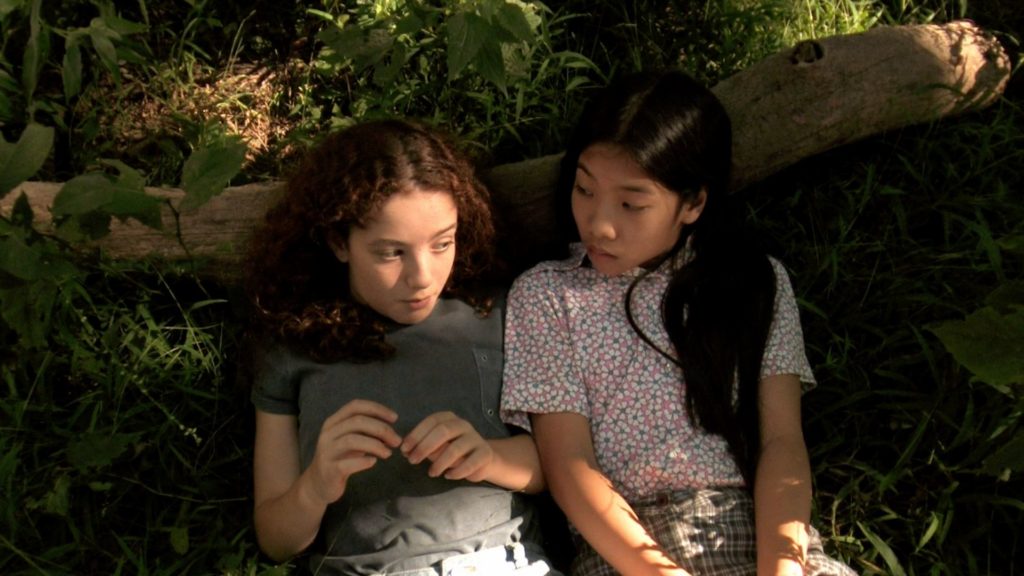
How did you get into the space of a 12-year-old so well?
Oh, I didn’t get into her space. I don’t get into any character’s space. I’m convinced that when writers are doing their best work, they’re always writing themselves.
I just wrote me. That’s who I wrote. I do that whether I’m writing a memoir, like this film, or whether I’m writing a fantasy, like Tomorrow Ever After. I do it whether I’m writing an 40-year-old lawyer, or a 3-year-old brother.
In this case, since it’s a memoir, I really just let myself spill on the page.
Some of the scenes are real life scenes that took place. The new friend standing outside my door for two hours and not ringing the bell…? I mean, you can’t make that up. That was all real.
How is it different (if at all) working with children vs adults?
I don’t think it’s different to work with children and adults. I look for the same things during the casting process: Can they just be themselves and not behave like actors? And can they feel things?
When Noa Rotstein walked into my room for an audition it was love at first sight. I knew she was the girl.
The only difference between adults and children is how fresh they can stay take after take. With grown, professional actors you can count on doing 20+ takes and getting a top notch and fresh performance every time.
With children, if they’re not professional actors (and these two had never acted before), you gotta let them improvise some, and you gotta figure out how to get what you need in a few takes.
Despite our tiny budget, I insisted on having a second camera for some of the dialogue scenes between the girls so that I would have more to work with in the edit, since I knew I would need to work with whatever I manage to get in a few short takes.
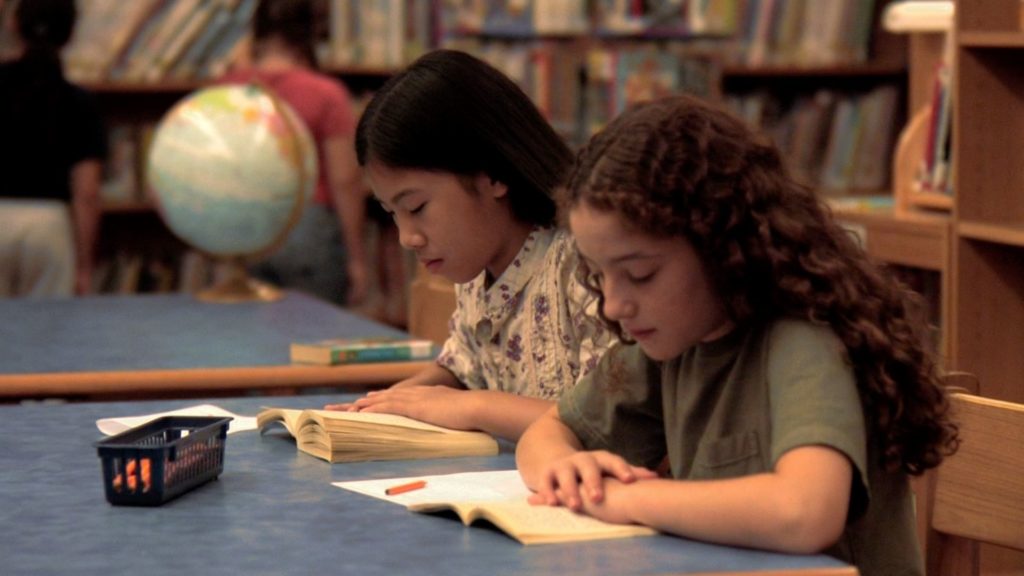
Are those forest scenes shot in the same area that you actually grew up in, and does the forest symbolize anything?
No, we moved to Connecticut when we moved here from Israel. The forest scenes were shot in Riverdale (north part of New York City). But they looked quite similar to the trees I grew up around.
I didn’t think of them symbolizing anything, though if I gave it some thought, I’m sure I’d come up with some pretty cool symbolism 😉 It’s always possible to read into things, and quite a fun thing to do!
My best friend and I spent a lot of time in the woods growing up. It was our little safe haven away from adults, from the harshness of school and the world around us; it was the place where we could get lost and just connect with each other. I’m crying as I write this :’-)
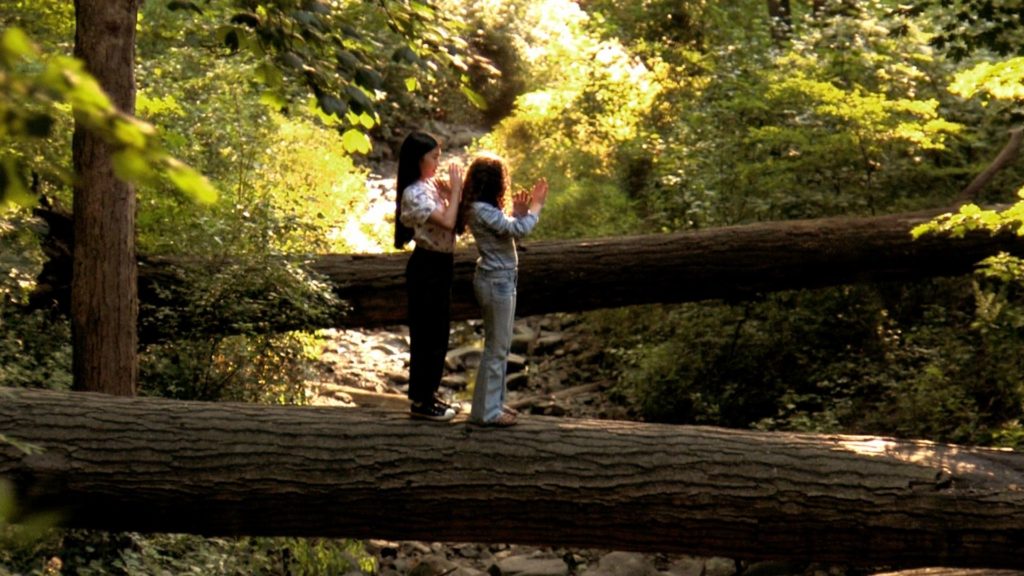
That was made on film right?
Oh hell no. I’ve never shot on film in my life. When I went to film school in the late 80’s, you had the option of going into the film department, or the video department. There was no such thing as “digital film” at the time. Video really did look like video!
But I chose video nonetheless, because I didn’t want every minute of film to cost a billion dollars. I wanted to be able to get many takes, and create as long a piece as I wanted, so I could focus on the storytelling rather than the budget. This helped me create 20-minute and 30-minute “films” in college, while my colleagues who chose “film” were making 3 and 5 minute pieces – that looked good 😉
Foreign Letters was shot on HDV! I bet it was the last feature film in the universe shot on (drum roll please…) tape!
What was your budget?
$60K in total. Spent $40K to get it in the can, which is all I had because that’s what I managed to raise. And I then raised another $20K which I used for post-production.
The number of favors I hustled on the other hand… probably about a million dollars worth of favors. Everything from locations, to sandwiches, to free trucks, to crew who worked for the learning experience, or for favor rates.
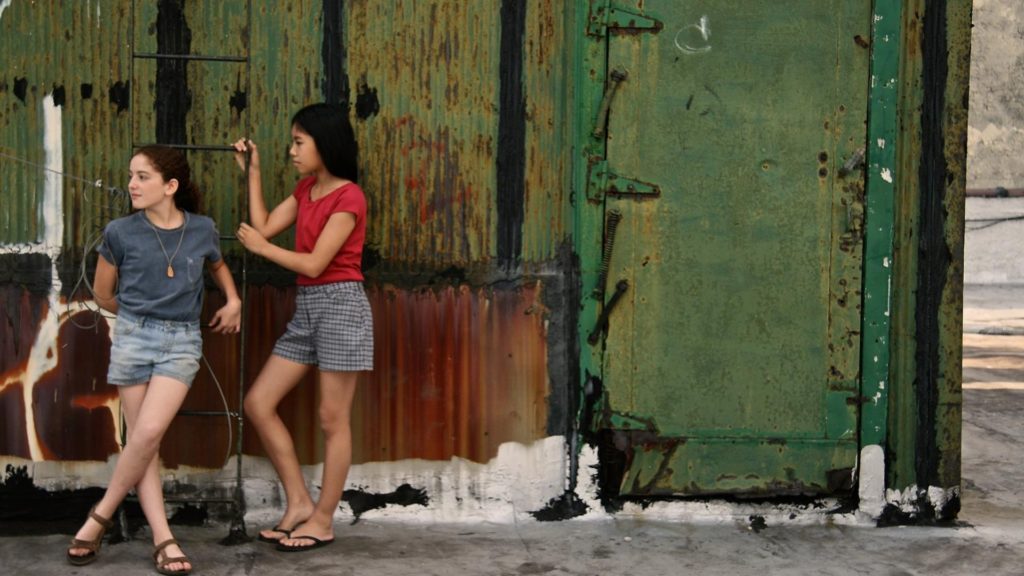
The bee shot in the forest: did you know you wanted a shot of a bee, or did you just see it that day and had your DP capture it?
My DP, Milton Kam, is good at just turning the camera on during breaks and capturing what he calls “little surprises” for me. I then find these little surprises when I’m in the cutting room going through footage.
He saw a bee, so he filmed that bee 😉
When we created Tomorrow Ever After together, we took it to another level. I told him that as we move through locations, I’d love all the b-roll he can get. He went to town! When I sat down to edit the film, the footage was full of these little “Milton surprises.”
He and his footage are such a gift. I couldn’t have made this film without him. If you think the film is beautiful, well, you’d be right. But also: I have Milton Kam to thank for that.
I really felt like I was in that time period, the art direction was very good.
The art direction was truly a collaboration between Tom Soper, Virginia Hastings (who plays the English as a Second Language teacher – floss anyone?) myself, and Milton Kam as well.
But the true genius behind the art direction was Kama Royz. I was like “Kama, we have a $300 budget for costumes. It’s a period piece with a cast of thousands.” lol. She took those $300 and turned them into an epic film.
She did the research. She got out of me what an Israeli girl would wear during that period (luckily: one pair of jeans, and a rotation of 3 t-shirts). She figured out what a Vietnamese immigrant would wear during this period. She figured out what their respective parents and families would wear. She figured out what kids that age, living in suburban America would have worn in the early 80’s. And then she went to thrift stores, to her sewing machine, and she knocked this film out of the park.
I really feel like she figured out how to tell the story through costuming. I learned a lot about art direction from working with her.
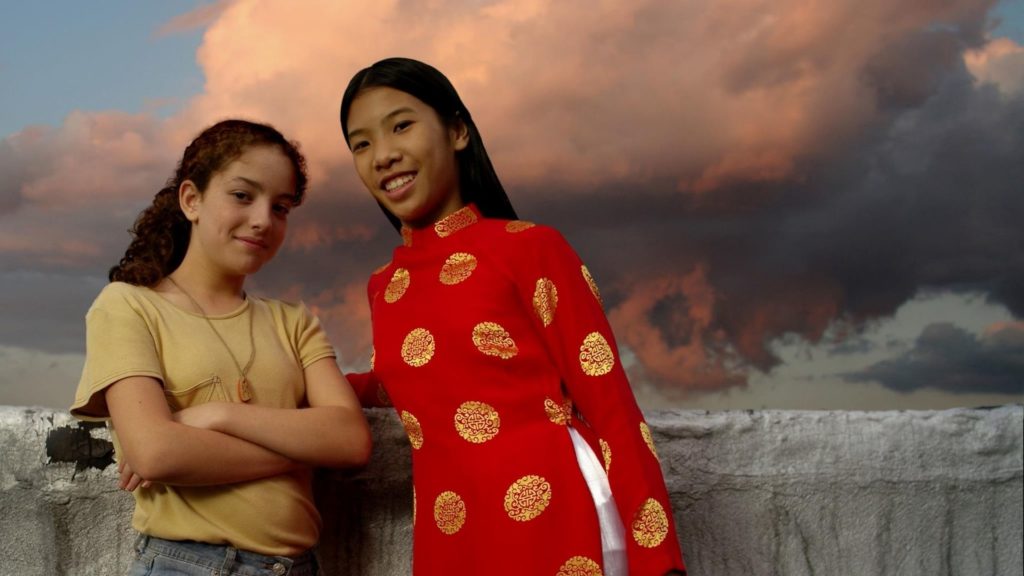
How did you direct all of those kids?
Most of the kids in the film were background actors, and my AD, Inna Braude, was the one handling them.
The shot where she is walking up the stairs in Thuy’s apartment is so beautiful. I am almost afraid of having camera movement, but there was so much movement in this and it was so poetic.
Hey – you should totally take my course on Directing the Camera! lol 😉 Yeah – I also used to be one of those indie filmmakers who’s afraid to move the camera, and thinks you gotta have a big budget to have moving shots. It’s nonsense. I now move the camera all the time, I don’t care what the budget is. It’s called a movie.
The scene you’re referring to is one of the many things that brands this film as an “art house” piece. I could have easily jumped from the street to her knocking on the door. And in most films, that’s what’s called for. But no. I wanted to spend time with the girl. I wanted us to feel her trepidation; to feel how alone and scared but brave she’s being.
She stands across the street. She observes the people out on the street. She gingerly enters the building. We see her in the lobby. A woman walks right past her. She makes her way up the stairs. We feel the weight of her being scared to get up those stairs and knock on that door.
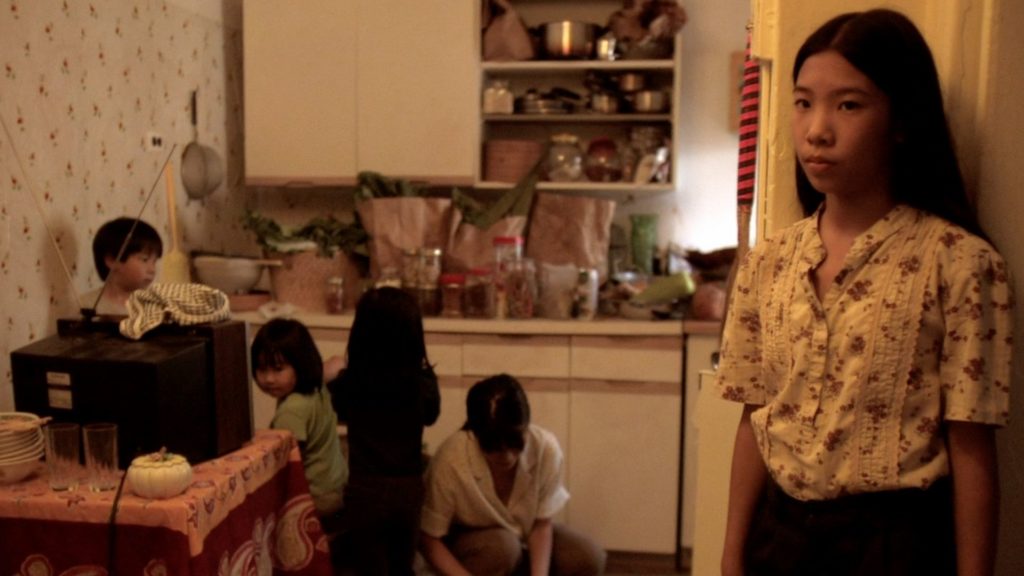
How many shorts had you made before this one?
Depends on how you count them? I made quite a few really, really bad ones in film school. Do we count those? I don’t. I then made a $500 short and learned by making a billion mistakes. Then I made two “calling card shorts.” One was $7K, which I raised. The other was $15K, which I half raised, and half got a grant for.
Foreign Letters, trailer:
last words from Amy:
“OMG OMG the last shot dude, is breathtaking. Guys you have to watch this if you haven’t. It’s meditative. It reminded me of films made in that time; that is how well it was executed.”
Watch A Summer Rain in full:
This is the 16-minute short film that Foreign Letters was based on.

